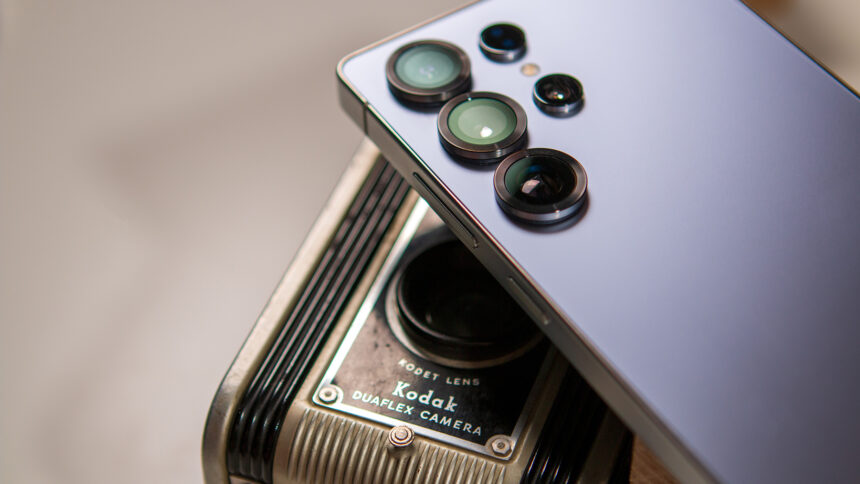Introduction
Samsung is continuing its push toward slimmer smartphone designs Samsung Galaxy S26. With the Galaxy S25 Edge already making headlines for its sleek 5.8mm thickness, new reports now suggest that Samsung is looking to go even thinner with its Galaxy S26 series. According to a report by Korean outlet The Elec, the company will use inkjet printing technology to reduce the thickness of its camera lens modules—an industry-first move that could redefine smartphone engineering.

Samsung Innovates with Inkjet Printing for Lens Modules
The camera bump, often the thickest component of any flagship phone, is finally getting a makeover. Samsung’s Electro-Mechanics division reportedly plans to replace traditional anti-reflective films used between lenses with matte ink, applied via inkjet printing. This approach is not only more precise but also reduces the need for additional physical space between lenses, ultimately resulting in a slimmer lens module.
Samsung has been exploring this idea for years and reportedly applied for a patent on this lens printing process as early as 2018.
Why It Matters: Smoother Design, Same Performance
This innovation could drastically change how smartphones look and feel. By shrinking the camera module, the Galaxy S26 can achieve a sleeker design without compromising on image quality. This technology is also expected to reduce unwanted effects like lens flare and ghosting, enhancing photo clarity. Samsung may first introduce this technique across all Galaxy S26 variants, including the standard S26, S26+, S26 Edge, and the S26 Ultra.
Growing Trend of Ultra-Slim Smartphones

Samsung isn’t alone in chasing thinness. The company recently launched the Galaxy S25 Edge, which measures just 5.8mm in thickness and weighs 163g. Meanwhile, Apple is expected to debut its iPhone 17 Air with a similar slim profile later this year, and Infinix is preparing to launch the Hot 60 Pro+ with a 5.95mm thickness, claiming the title of the world’s slimmest curved display smartphone.
Expected Impact on Galaxy S26 Lineup
The new inkjet printing process will most likely be exclusive to the Galaxy S26 series and could serve as a major selling point. Reducing the camera bump aligns with the industry’s goal of producing elegant, pocket-friendly phones without compromising on features like high-resolution sensors and optical zoom capabilities.
Samsung may even streamline its lineup by potentially dropping the S26+ model in favor of the more premium S26 Edge, which is expected to be lighter and slimmer, thanks to these innovations.
Conclusion
Samsung’s shift to inkjet-printed camera modules marks a significant leap in smartphone engineering. If successful, it could set a new benchmark for design across the industry. As anticipation builds for the Galaxy S26 lineup, one thing is clear—2025 may just be the year when camera bumps finally shrink for good.
Stay tuned for more updates as Samsung unveils more details in the coming months.









